This blog post is from our trip last year.
In June last year, we headed towards Purushwadi, a small village near Sangamner in rural Maharashtra. We had heard the valley at night turns into a heaven of fireflies at the onset of monsoons. Having been deprived of firefly sightings thanks to rampant use of pesticides and habitat destruction, we were really keen to see ‘the million fireflies’ that were promised. The promises were delivered! And how!
Finding the village was easy, we were asked to meet someone at a particular Petrol Pump on the Sangamner road. This person from the village sat in our car and guided us to the spot. The journey was beautiful and at one point we had to cross a river via a rusted bridge, which was so narrow I was scared it would scratch the car. But it was just wide enough and we soon reached Purushwadi, 1000m above mean sea level.
Grassroutes, an organisation of nice people, “committed to helping the urban world meet and discover rural India” (though I am not sure urban tourists in untouched rural India is a load of good), runs small tent accommodations in Purushwadi. They are clean, with clean toilets. The highlight is eating with a village family in their hut, and tasting the pure village food. Dal, farm fresh sabzi, (vegetable) , and rotis made of pearl millet (bajra) flour. The simplicity of the meal and way of village life is absolutely wonderful. The best part is that village folk apparently benefit from this as rural tourism.
The economy of the village runs on agriculture, (which made me very happy) and lies between rivers Murkundi and Mula. The landscape is hilly, lush green, breezy and, well, just awesome! After lunch, we walked through the village lanes and reached a mango tree. We then plucked fresh ripe mangoes and trekked downhill to a beautiful quiet stream. This was the most mesmerising moment for us, with out feet soaked in cool stream water , and hundreds of small fish nibbling our feet giving us a natural foot spa, and we relishing our juicy mangoes. A perfect idyllic village moment that I have always dreamt of.
As the sun’s heat mellowed down, we trekked our way up into the valley and took a walk around the damn. Village goats and stray dogs kept our company through these trails. The open fresh air was totally rejuvenating. Then we started heading back reaching the village hut well in time for our dinner. Soon the sky began to turn dark. And there it was, our first sight of one firefly. Just that one firefly that hovered around us, leaving a disappearing trail of light in its path was so beautiful to watch and that we were not even thinking of what was coming next.
Soon one firefly became many and we saw hundreds of them around a tree right outside our tent, in the same trailing action. It was time to go into the valley with our guide. It was absolutely dark, no contamination of artificial light. Only a half moon shone above us. With every blink of our eye the number of fireflies kept on increasing. In no time we found ourselves amidst a carnival of fire flies all around us, and unbelievably standing as though decorating our entire path. Was this real or were we imagining these surroundings, it was truly a shot straight out of James Cameron’s Avatar, and better. Their soft blinks and fast but magical flights left us speechless. We kept walking and finally reached the narrow bridge. As we stood at the centre of the valley, we saw something that will remain etched in our minds for as long as we live. There were hundreds of trees, each tree was dotted with a million fireflies. They were blinking together but in a choreographed rhythm. Like disco lights that would go up on one tree and then the next one and then the next. This was nature at its best performance and we were mere spectators. This was music. This was magic! The swarms of firefly families had painted an unforgettable image before us that no photograph can ever capture. We were there with our eyes wide open, dazed and amazed while the time stood still. An now as we write about it, we feel an urgent need to go back and relive it all over again. Don’t think we will ever check Purushwadi off our travel list. This is definitely a place where you want to keep returning to.
[box type=”note” width=”100%” ]We strongly feel such a beautiful phenomenon must be preserved, and would love to nominate Purishwadi as a Firefly Sanctuary! The best way to preserve a habitat is to leave it alone. Even if you do visit, please minimise your eco-footprint. Ask your organisers to help preserve the habitat.[/box]
Best time to visit Purushwadi for fireflies in the first week of June, just before the monsoons!
From Wikipedia: Lampyridae is a family of insects in the beetle order Coleoptera. They are winged beetles, and commonly called fireflies or lightning bugs for their conspicuous crepuscular use of bioluminescence to attract mates or prey. Fireflies produce a ‘cold light’, with no infrared or ultraviolet frequencies. This chemically produced light from the lower abdomen may be yellow, green, or pale red, with wavelengths from 510 to 670 nanometers.
There is a website I found urging saving India’s Fireflies.
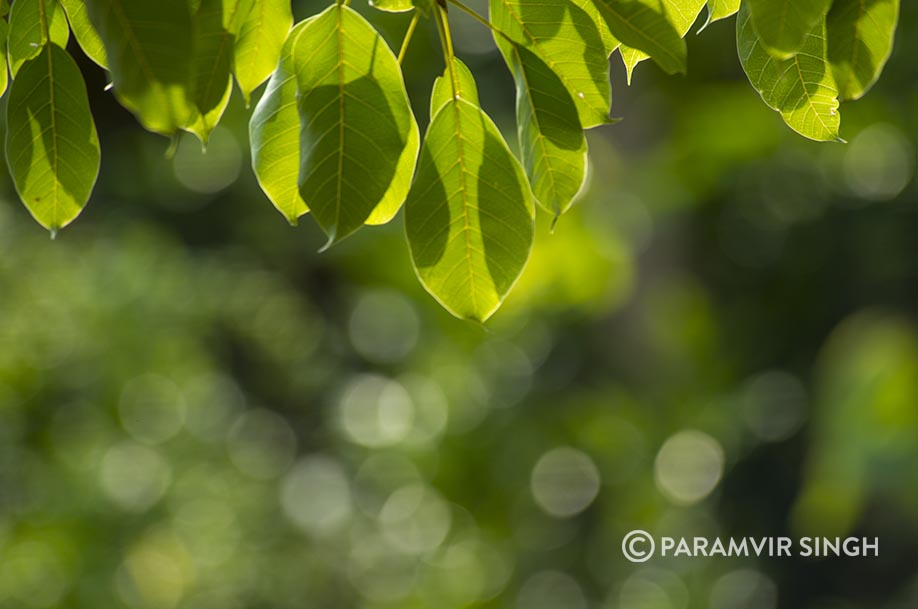
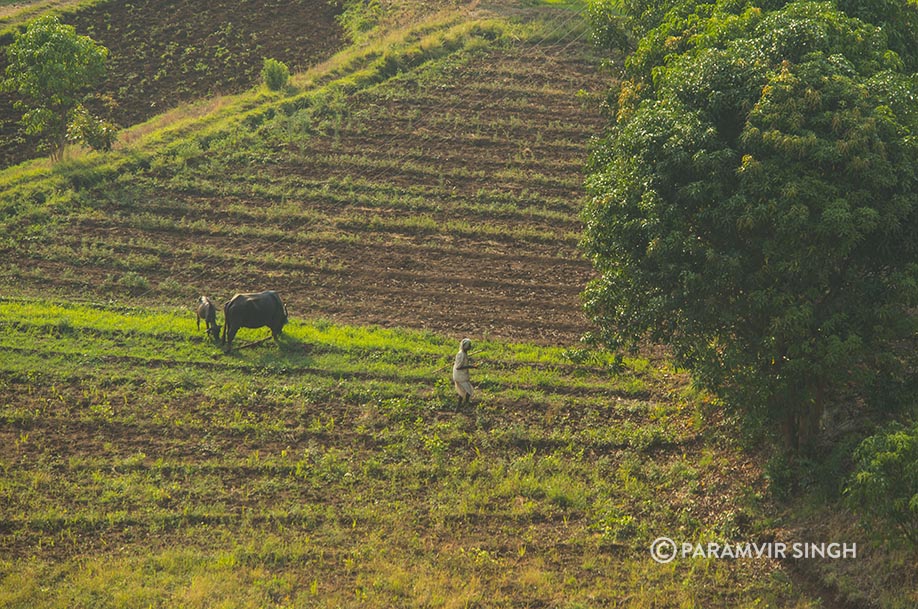
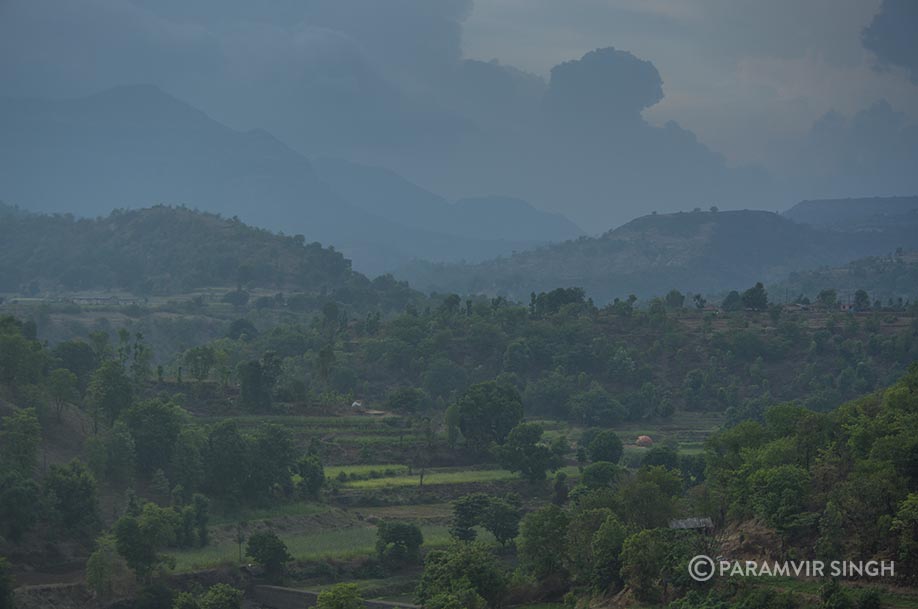
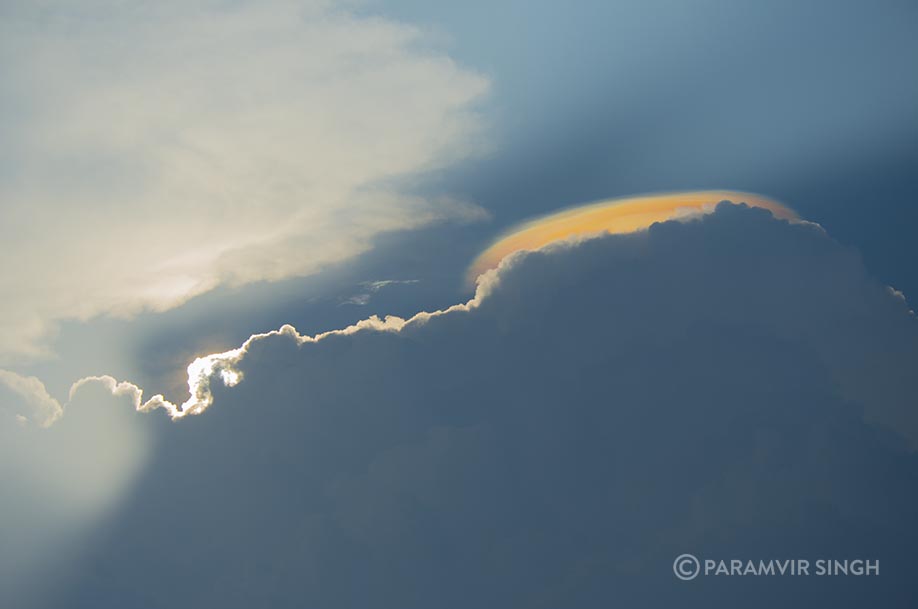
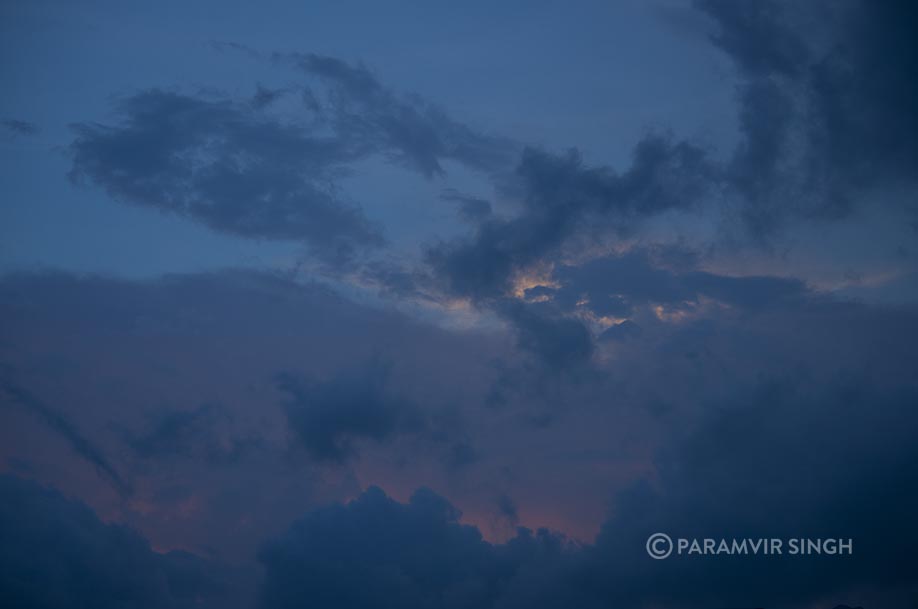

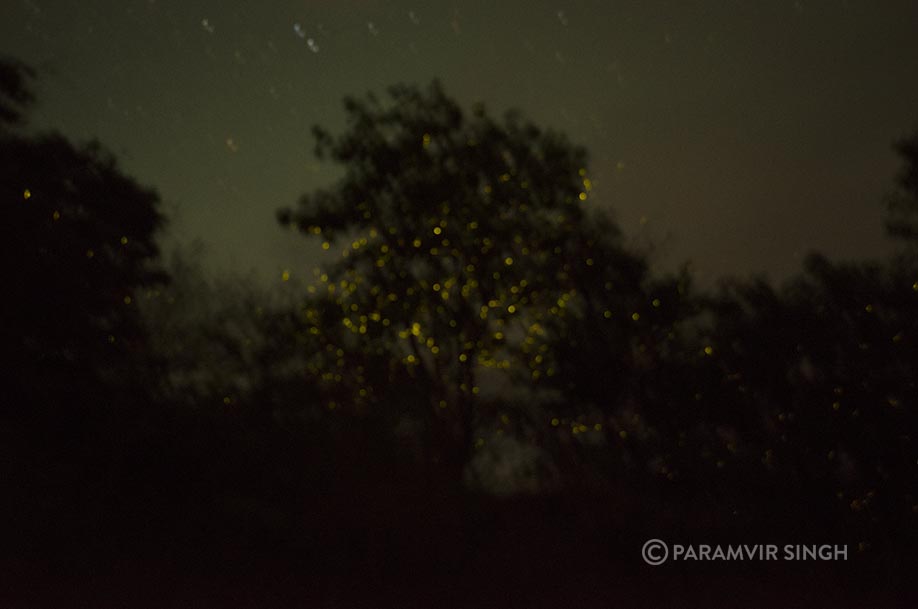
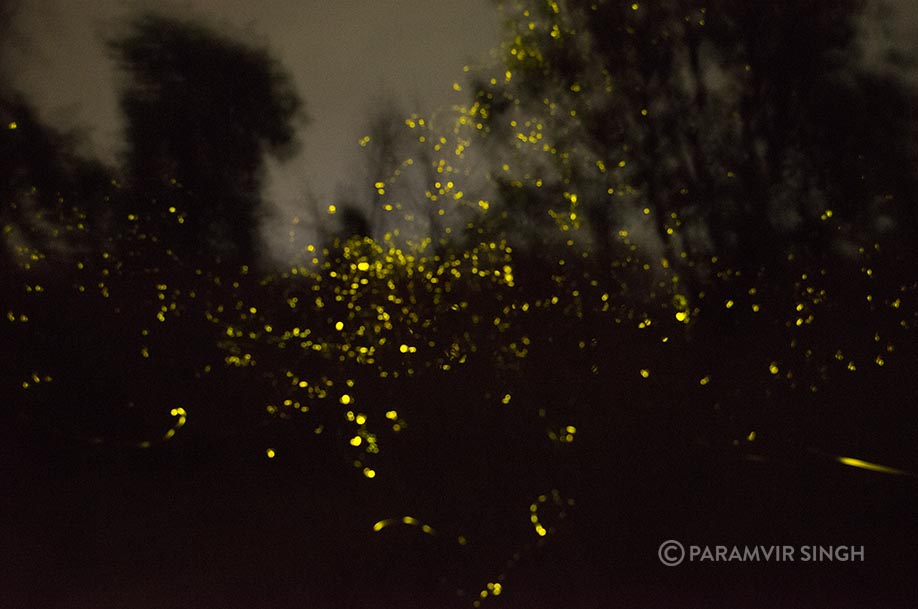
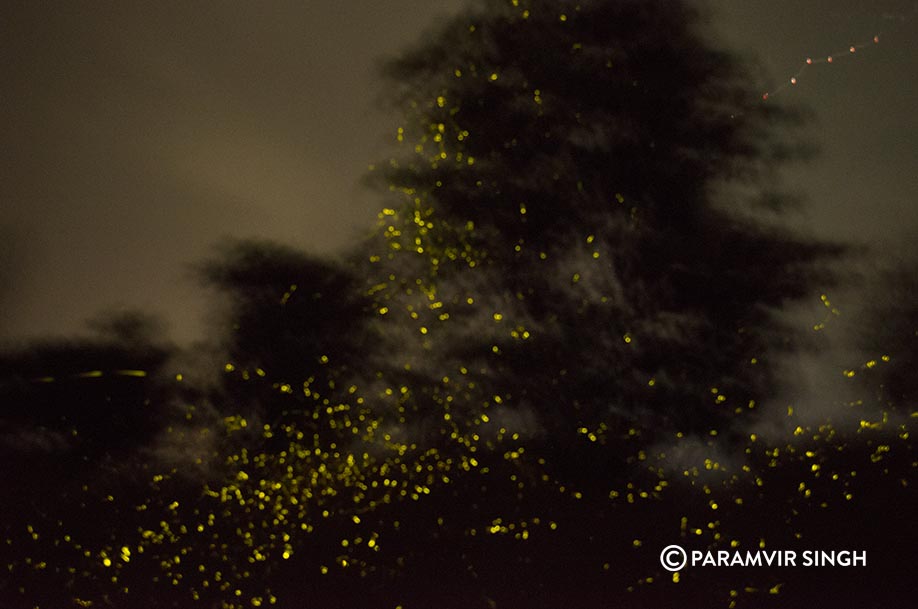
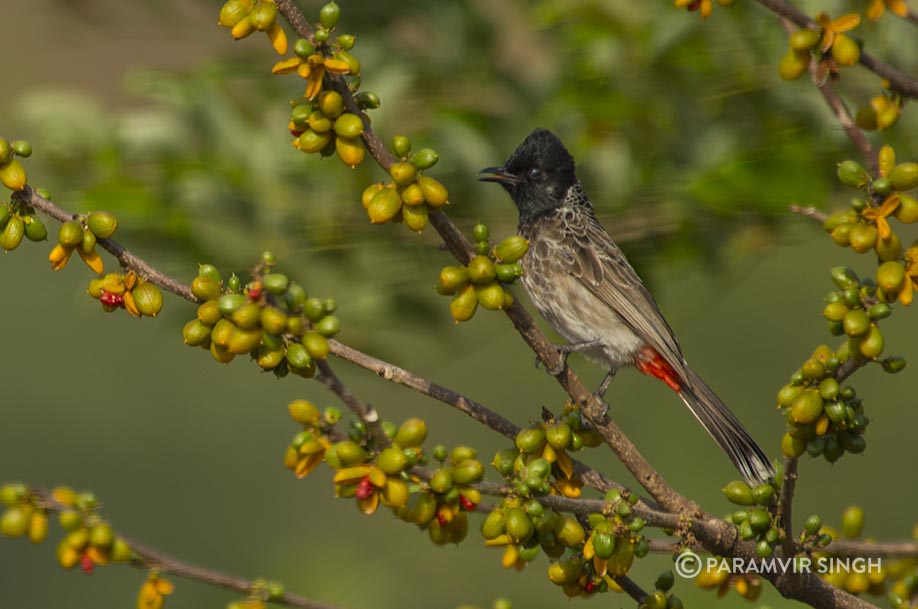
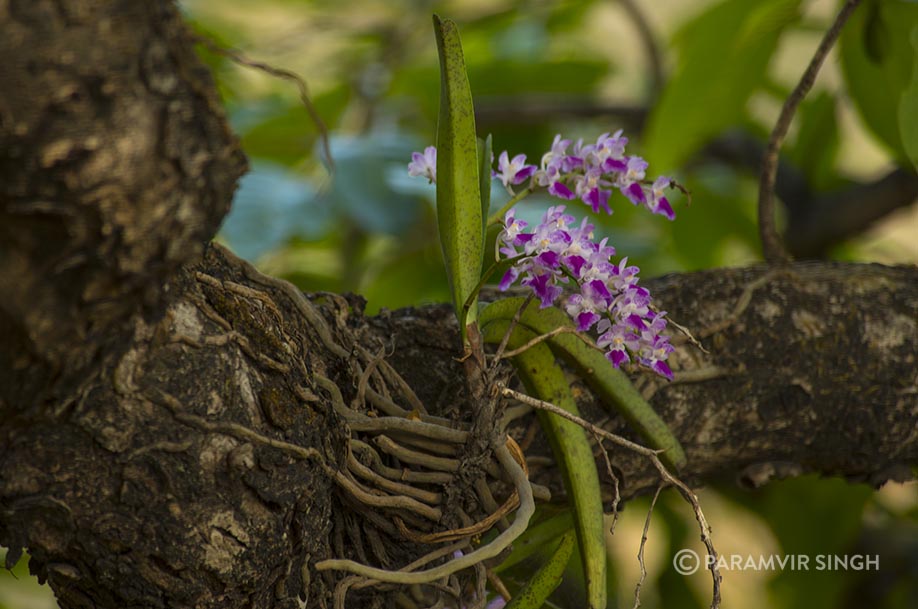
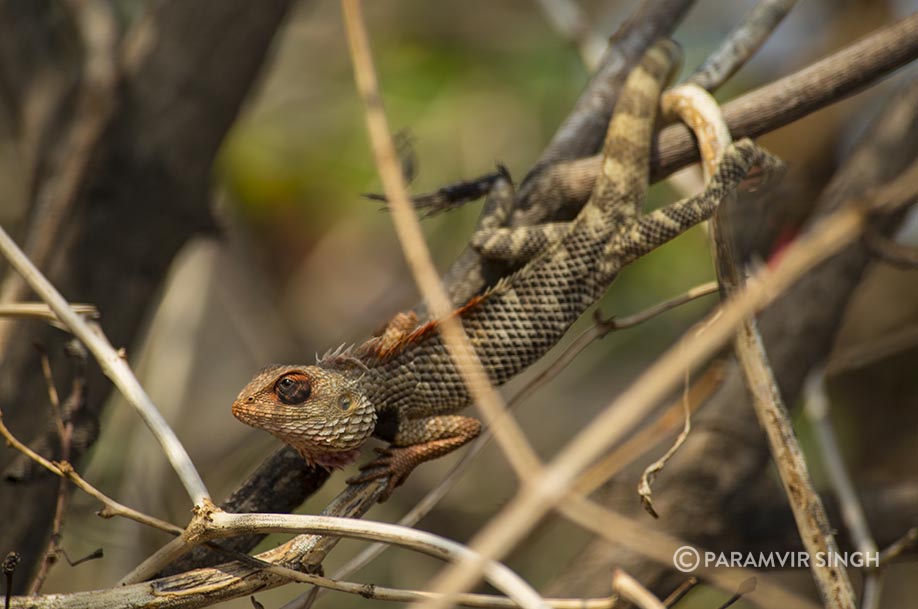
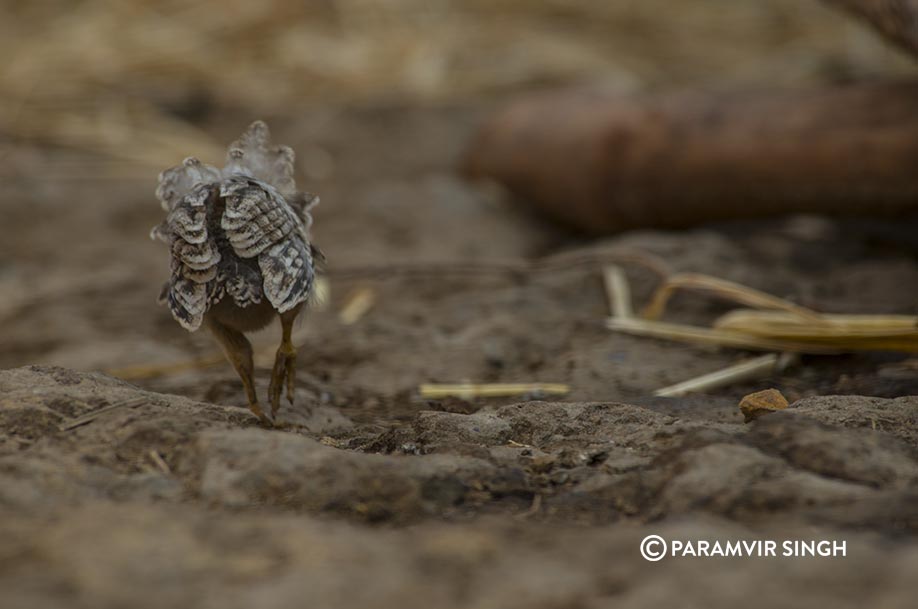
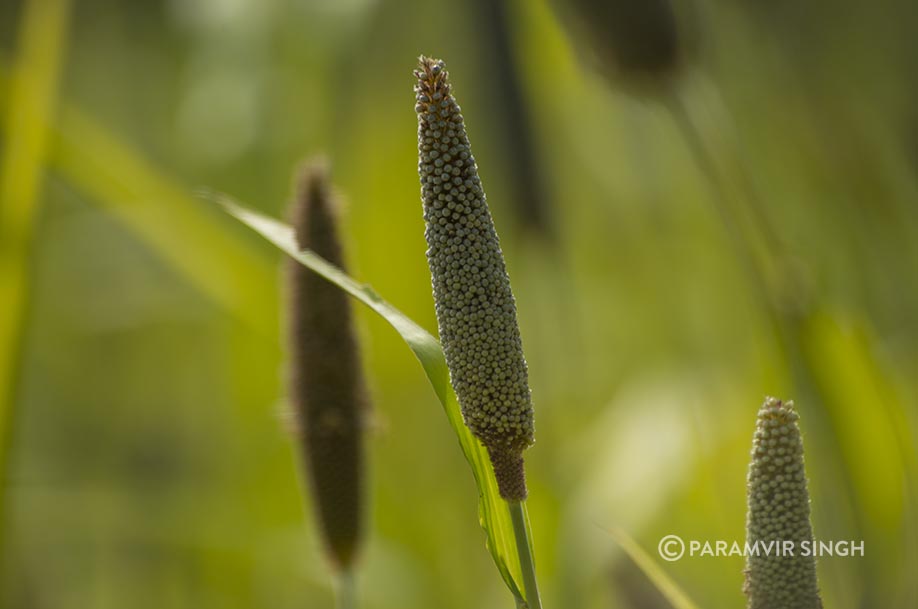
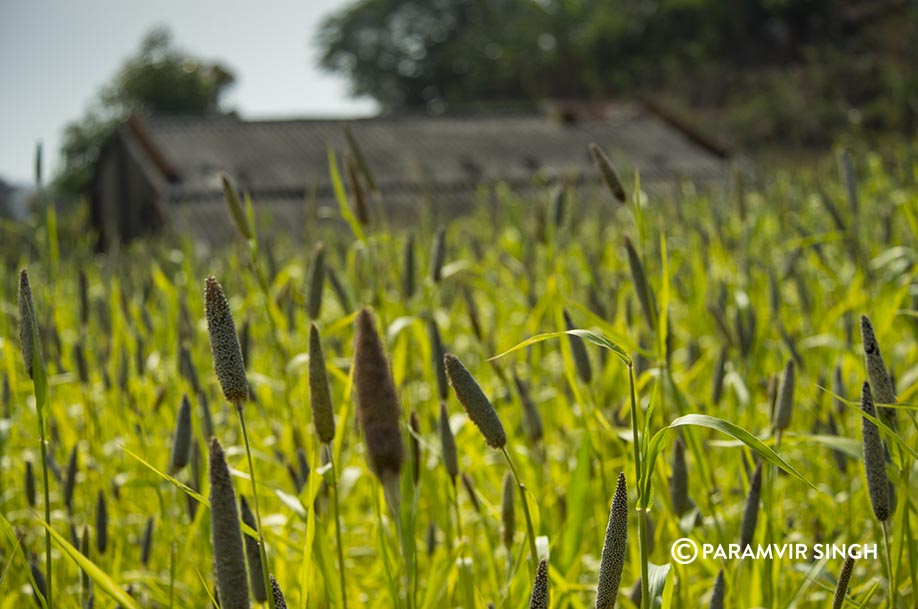
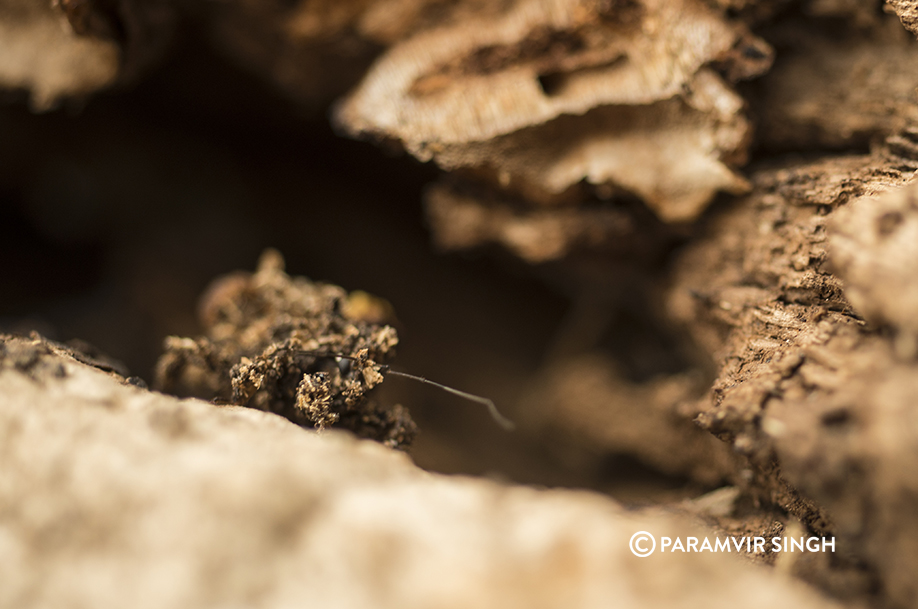
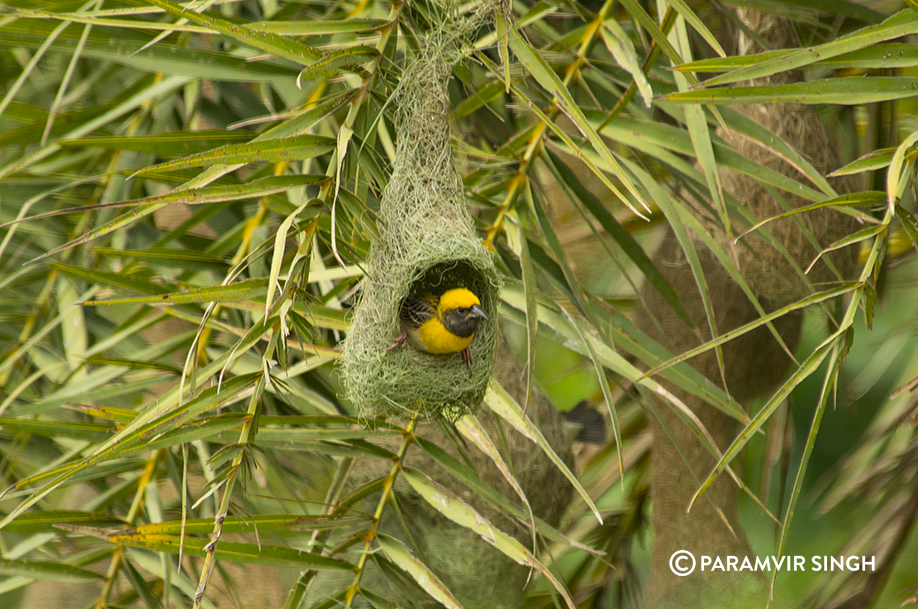
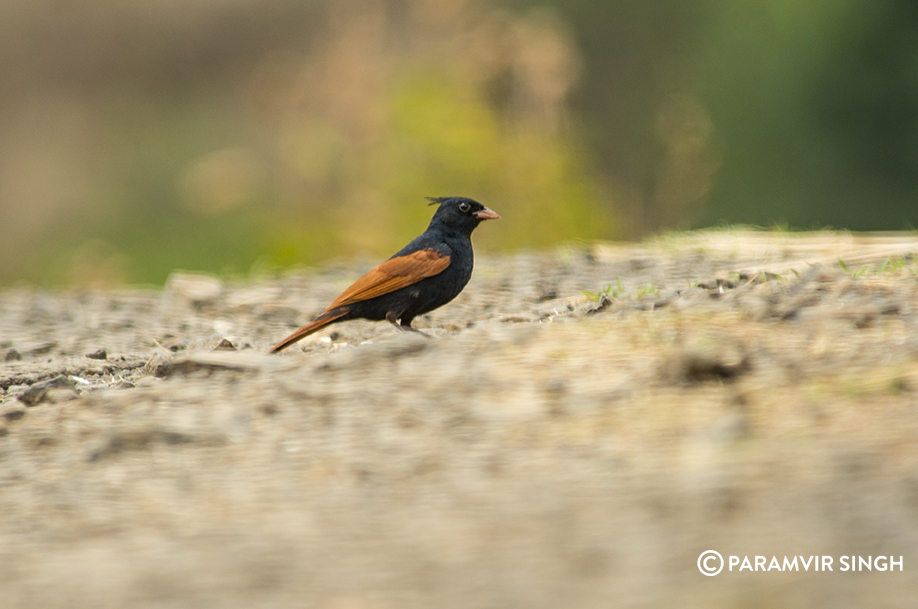
[box type=”success” width=”100%” ]Getting there: Purushwadi is roughly 220 km from Mumbai and Pune, in Ahmadnagar district, close to Sangamner and Bhandardara. Grassroutes organises stay there and all the information can be found at their site. The accommodation is safe, dry, clean, with good toilets. Vegetarian meals are served at village homes for a truly authentic feel. Call and book before reaching.[/box]



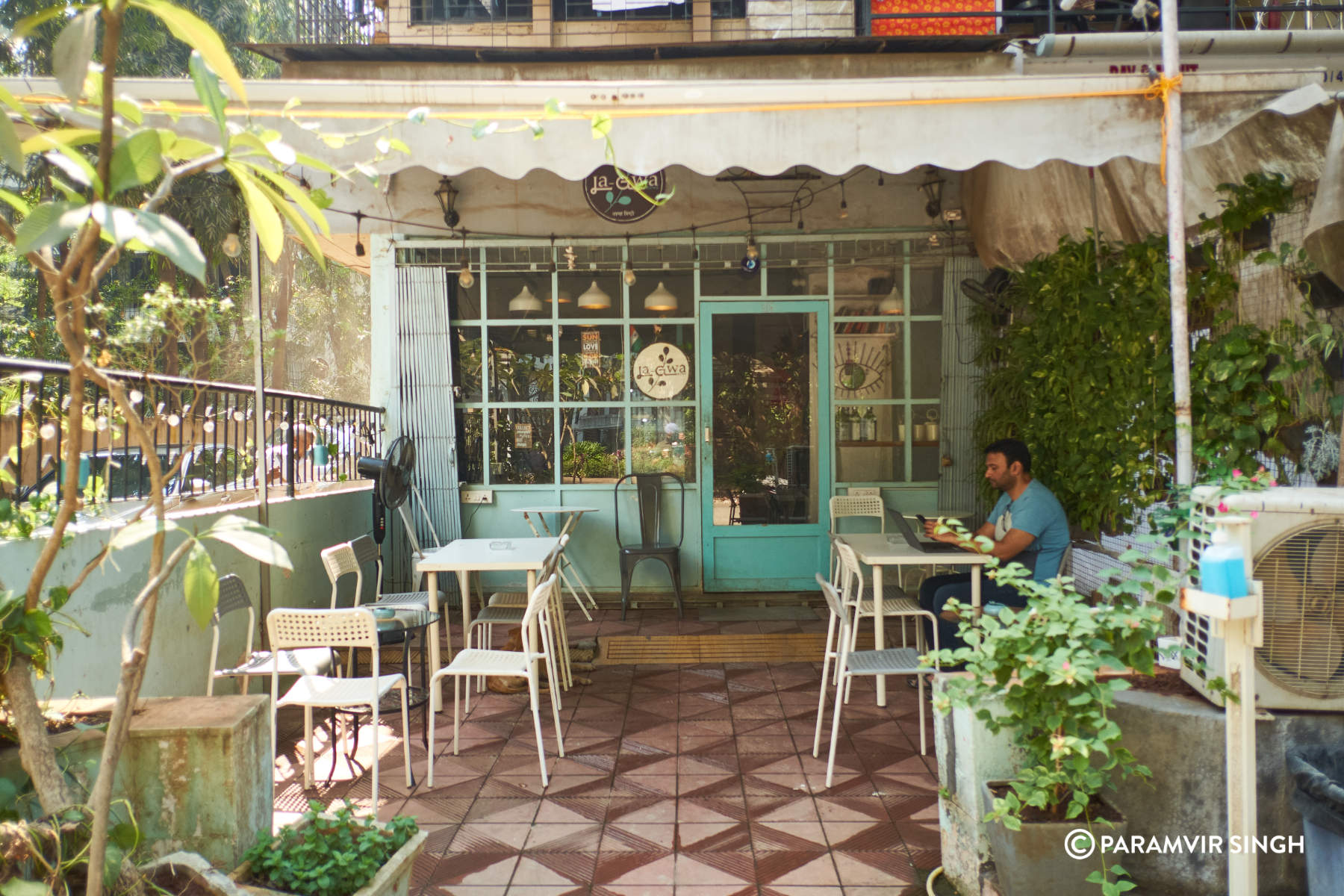
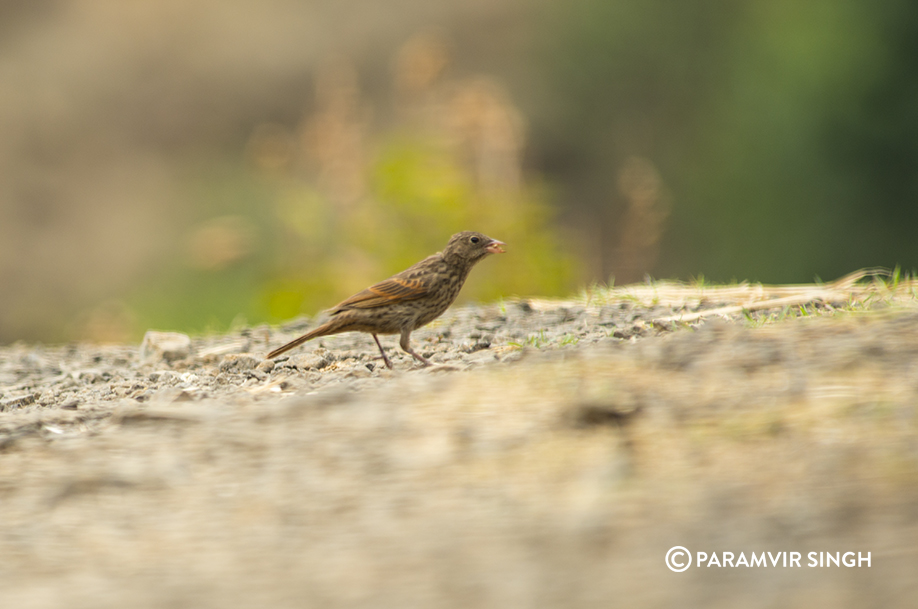

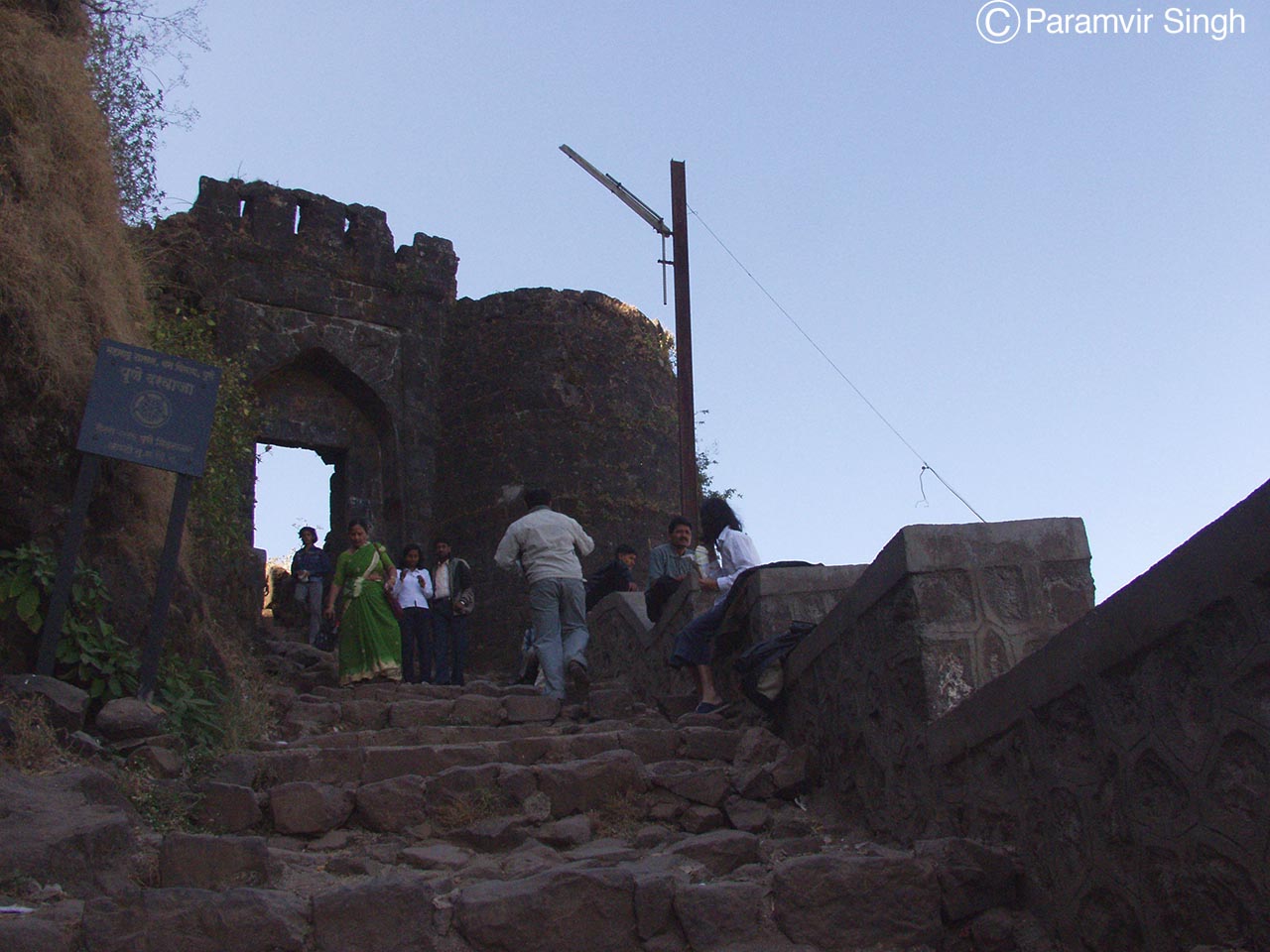

This is really amazing! The image at first appeared like some meteor shower. Never knew Maharashtra had such a beauty to offer apart from the popular destinations that we all have heard about.
Beautiful shots. Just few days back I had been to Sangamner, got to see the fields yielding pomegranates and other vegetables
Thanks Rathina! Did you get to see the fireflies?
Excellent bird captures…
Used to see fireflies in the villages and even in small towns when I was in school… now they have disappeared!
Thanks Jitaditya! We have killed most of the fireflies with extensive and un controlled use of chemicals, pesticides, habitat destruction etc. Sad.
Interesting read 🙂 Amazing clicks too.
Thanks Amey!
can we see fireflies in july ?
and what is the ratio as compare to may and june?
Hi Dhaval. The fireflies are visible just before the rains. Once it rains, they’d will be gone. So check the weather updates. However, the first week of June is a good time.
And it’s not just Purushwadi, which has now become a hot touristy destination, but any mostly untouched natural region should have a good number of fireflies. Try tea estates as well.
How can we book puruswadi visit sir.i want to see that amazing form of nature.pls reply
Hi Hema! I have replied by email!
I want to visit in the first week of july??!! Is it a good idea?? Can you please send me the details through mail. I will be thankful.
Not really. The first week of June, just at the onset of Monsoons is really a good time. After it has rained a fair bit, is not a good time.
Can we go in this June, as Monsoon has started in some places?
Try it right now. Once the rains become full time, the fireflies go away. It has to be the first week of light showers and drizzle.
Hi
Thanks for the amazing description. I want to visit the place , can you tell us how to get accommodation since we don’t intend to go through grassroutes. Or can you help us with contact of your host or any other.
Your help is much appreciated.
Hi Khushbu, I am not aware of someone else offering a stay here.I guess you will have to try those guys only…
Hello Sir
Can you please share the contact no. Of guide / home stay in Purush wadi.
Thanks
Amul